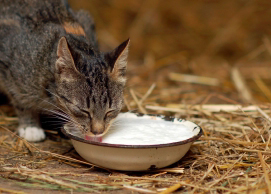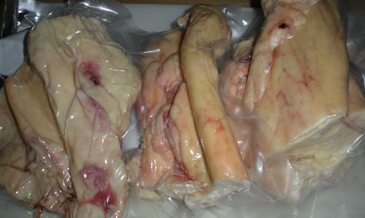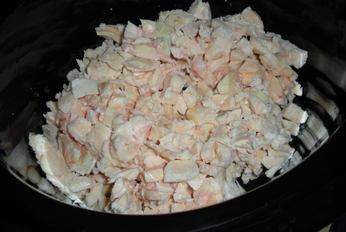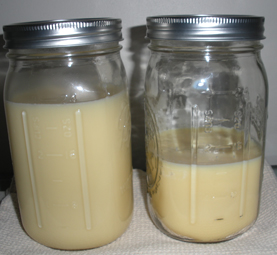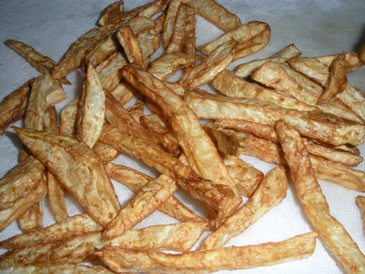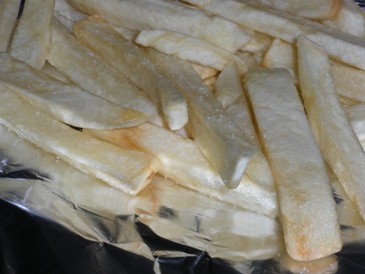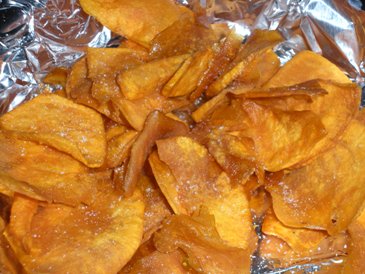At one of the sessions at the CT NOFA Winter Conference 2013, the topic of the high price of good food came up. It turns out that when people know what they are getting and why, they accept the premium on high-value foods. High-values foods are those that were raised and processed in a clean and sustainable manner, where nutrition and taste are the priorities.
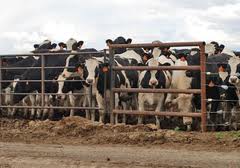
For over 50 years, Americans have been the lab rats in the great processed food and high-volume farming experiment. If you look at our health record in that same time, you’d have to conclude the experiment was a failure. We now have an unnatural relationship with food, know next to nothing about where it comes from, or even what qualifies as food. As it happens, animals raised in close confinement are bad for you and fat obtained from these animals is bad for you too. Animals slaughtered in facilities that process thousands of animals a day have a statistical probablility of introducing a food-borne pathogens into the line so they take remediation measures (such as washing the meat in ammonia) that may not be good for us either. When you factor in the health and environmental costs of cheap food, it’s significantly more expensive than the expensive food!
For over 50 years, we let corporate shills dressed as scientists tell us:
- Fat is bad. Animal fats are especially bad and vegetable fats (like Canola oil) are better.
- Cholesterol is bad.
- Skim milk is good.
- Light anything is good; Full-fat anything is bad.
- Lard is bad. Crisco and margarine are good.
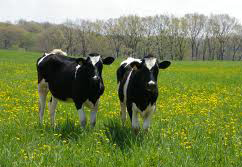
People are starting to challenge these assumptions. Many are returning to the methods that sustained humankind for over 10,000 years. These methods contradict the current food and nutritional “wisdom.”
Little by little, we are finding our way back to the foods and food plans that nurtured us. People are putting by (canning, freezing, dehydrating) their own provisions from known sources. People are returning to bone broths and rendered animal fats. People are returning to foods they can make in their own homes. People are buying chickens from farmers whose practices they know so that they don’t have to do an anti-nuke anti-backterial lockdown afterwards. The home town butcher is returning! (Check out Saugatuck Craft Butchery in Westport, CT and Butchers Best Market in Newtown, CT.)
There’s so much to know and it can be daunting trying to figure out where to get started. Here are a few links to the front runners of traditional foods. These people and organizations advocate making bone broths, and rendering their own animal fats for use in cooking, and using the whole animal.
- The Weston A. Price Foundation is a nonprofit, tax-exempt nutrition education foundation. Of special note is this article, The Oiling of America.
- Sally Fallon is the President of Weston Price Foundation. Her cookbook on traditional, nutrient-dense foods is worth a read, even if you don’t cook! She also made a video discussing the oiling of America.
- Cheeseslave is an advocate of healthy traditional foods, full fat dairy, and against the anti-cholesterol hype. Her site has recipes, tips, and news for people who want to eat real food.
I believe it’s the modern pseudo-foods like margarine and soy milk and convenience foods full of additives, pesticides, and MSG that are making us sick. Full-fat dairy and other traditional foods have been sustaining humans for millennia. And that’s good enough for me.
- Food Renegade is an advocate of healthy traditional foods. Her site has recipes, tips, and news for people who want to eat real food as well.
I am a rebel. I like to eat red meat. I think butter is good for me. I drink my milk raw. I avoid pre-packaged foods like the plague. I don’t believe the health claims on food labels. And, I like my food to be fresh, wholesome, and traditional.
- Sherri Brooks Vinton is a local treasure on putting by the bounty. Her book is Put ‘Em Up.
This list is by no means exhaustive—it’s meant to be a starting point. Feel free to share other sources in the comment section.
Happy reading and happy eating!



